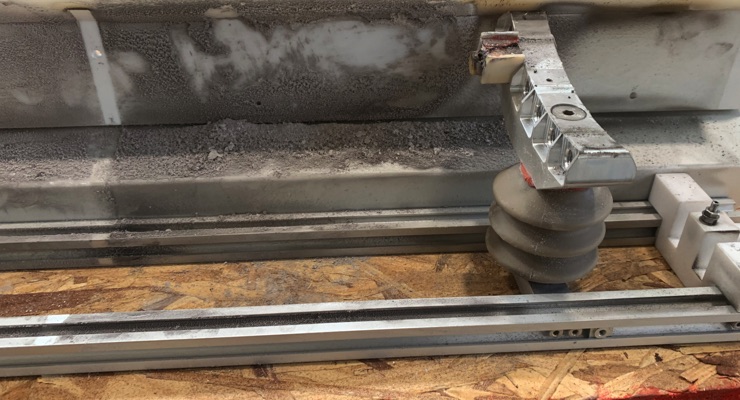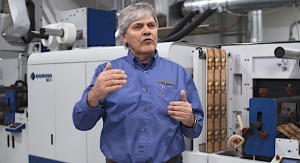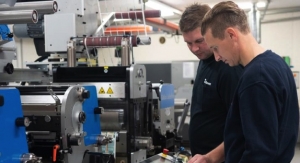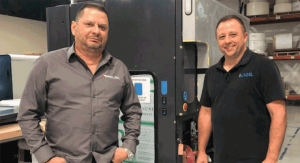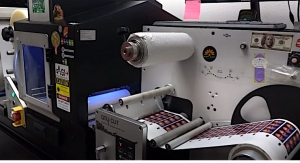Steen Clausen , Customer support team, Vetaphone05.14.20
With production equipment under increased pressure to meet the higher demand for printed packaging caused by the COVID-19 pandemic, it is more vital than ever that it is kept in top condition to ensure maximum output. This includes every link in the chain, including surface treatment.
Corona treaters work best if they are correctly and regularly maintained – but it’s not quite as simple as that. The level, type and frequency of maintenance can vary significantly from one customer to another depending on a variety of factors, including the substrate being treated, the degree of usage, and the production environment.
But we believe there are five main points that all corona users need to factor into their production maintenance schedules:
Corona treaters work best if they are correctly and regularly maintained – but it’s not quite as simple as that. The level, type and frequency of maintenance can vary significantly from one customer to another depending on a variety of factors, including the substrate being treated, the degree of usage, and the production environment.
But we believe there are five main points that all corona users need to factor into their production maintenance schedules:
- Regular inspection at intervals of no more than two weeks – this will head-off potential problems down the line and save the time and money wasted on unexpected stoppages and downtime. If the plant is running 24/7, you may need to increase the frequency of these inspections.
- Take care of the electrodes – they need cleaning on a regular basis to continue to perform at maximum output so any deposit build-up should be carefully removed. In addition, check that they are all working, and if there is a failure you must replace the faulty electrode with a new one so that the system can operate at full power, as it’s designed to do – don’t be tempted to continue running with a failed electrode.
- Check the inside of the unit for carbon build-up. This is a fire risk that can be easily prevented – look for burn or scorch marks on the side plates and clean off the deposit before it becomes a hazard.
- Check the air gap between the electrodes and the substrate. This will have been set at installation to achieve an even spread of power for optimal performance, but the gap can begin to open or close through usage and the result will be inconsistent performance and poor-quality treatment that can cause issues downstream leading to a costly reprint.
- Make sure the ozone exhaust system is operating as it should. Assuming it was specified and installed correctly, you need to ensure that it is kept free from any blockage. If you are experiencing problems with back pressure and are using 100mm diameter ducting, then consider upgrading to 200mm tubes – the improvement in performance is exponential and the benefits substantial.

